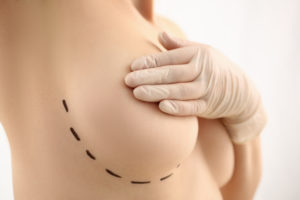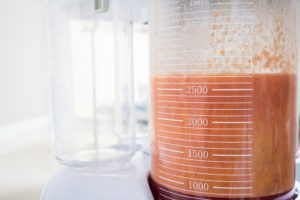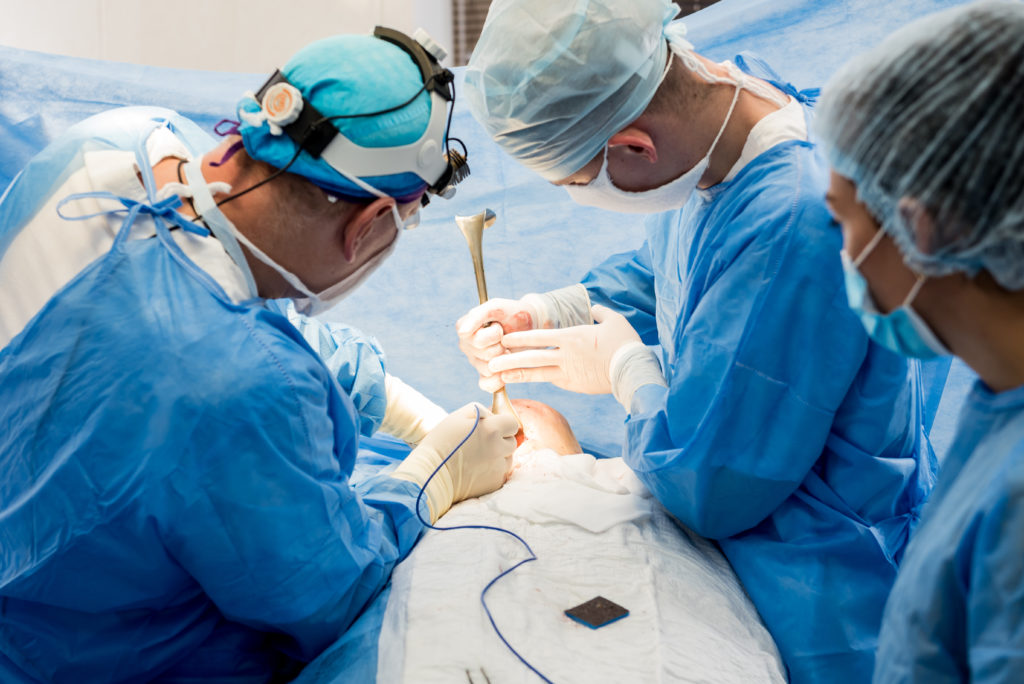Implant vs Fat transfer to breast, which is the best option
- Breast Augmentation vs. Fat Transfer Breast AugmentationBefore getting into breast augmentation costs, let’s first make sure we’re all on the same page in our understanding, because while the goal of both can be similar, they are very different procedures. A traditional breast augmentation, that is, a breast augmentation with implants, adds volume to the breasts by surgically placing a silicone or saline implant into the breast pocket. A fat transfer breast augmentation is a two-part process that takes excess, unwanted fat from one part of the body through liposuction and injects it into the breast to enhance their size and shape.

A big difference between a breast augmentation and a fat transfer breast augmentation is in the recovery and scarring. In a fat transfer breast augmentation (generally speaking), your main recovery will actually be from the liposuction. You should give yourself about two weeks to recover: three days of solid downtime and relative downtime for the remainder of the two weeks. With traditional breast augmentation, you should expect a similar window of recovery: three days of solid downtime and relative downtime for the remainder of the two weeks. You can expect pain, swelling and sensitivity for a few weeks, but it should subside enough within the first few days to allow you to return to most of your activities without significant discomfort.
When compared to the scars left from breast augmentation with implants, there really is no comparison. While your plastic surgeon will do everything possible to minimise scarring, there’s really no getting around the fact that the incision needed to place a breast implant is much larger than the tiny dot needed for a fat transfer breast augmentation. Therefore, the scars from an augmentation with implants is much more significant that the minimal, if any, scars from fat transfers.
To ensure the best possible outcome, Dr. Barrett has curated a pre- and postoperative regimen to set his breast augmentation with implants and fat transfer breast augmentation patients up for surgical success with the least amount of down time and discomfort possible.
For safety’s sake
While both a fat transfer breast augmentation and breast implant surgery are overwhelmingly extremely safe procedures, there are always risks any time you undergo surgery. In a fat transfer to the breasts, the risks lie mostly in the liposuction part of the procedure, but generally include (like all procedures) infection and scarring. With both breast enhancement procedures (and any surgery performed on the breast), there is the potential to affect their functionality (i.e. nipple sensitivity and loss of breast feeding ability), though it’s important to note there’s no evidence that shows any loss of breast feeding ability caused by a fat transfer breast augmentation.
Breast implant surgery risks include implant leakage or rupture, breast pain and capsular contracture: a complication that occurs when the scar tissue that usually forms around your implant to help keep it in

place, instead tightens and squeezes the implant, potentially resulting in chronic pain and a distorted breast shape, making the affected breast rise higher on the chest than the other. Additionally, a small minority of those with breast implants also experience rare, systemic symptoms, commonly referred to as Breast Implant Illness: a rare autoimmune reaction to the implants, or the scar tissue surrounding the implants, and causes symptoms like endocrine dysfunction, digestive issues, brain fog, fatigue, hair loss, joint pain, rashes and skin problems and headaches. It’s still somewhat of a mystery, but is thought to be due to implant contamination, which is why it’s so important to initially choose a board certified plastic surgeon for your breast augmentation surgery.
Can you use someone else’s fat for fat transfer?
Unfortunately, you can’t use a doner’s fat and use it for your fat transfer or natural breast augmentation. Your body, knowing it’s not your own, would reject the fat and can potentially cause a lot of long-term health problems.
Ultimately, when choosing between breasts implants vs fat transfer, you should consider multiple factors, of which cost is of course significant. However, every patient is different and you should discuss your goals with your surgeon and together determine the best procedure for you.
Do you want to learn more about Barrett Plastic Surgery? Keep up to date by subscribing to our blog and following us on social media at Twitter, TikTok, Instagram, Realself, YouTube, Snapchat, Yelp, and Facebook for updates.
Thank you for visiting!




0